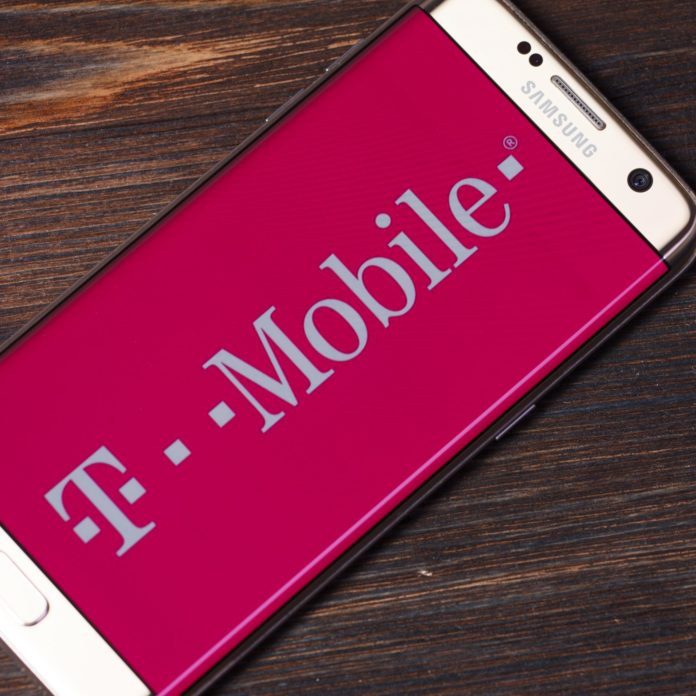How is T-Mobile US positioned as it heads into 2025? Execs discussed momentum and priorities.
At this week’s eighth annual Wells Fargo Annual TMT Summit, John Freier, president of the Consumer Group of T-Mobile US, and Cathy Yao, its SVP of investor relations, discussed T-Mo’s highlights from 2024 and the direction of the company as it heads into 2025.
Here are eight key points from the discussion.
T-Mo is on-track for expected customer numbers: Freier said that T-Mobile US is “right on track” to meet its guidance of gaining 3 million postpaid phone net additions for the full year of 2024, as part of total postpaid net adds of between 5.6-5.8 million. He added that in terms of Black Friday/Cyber Monday sales and competitive offers among the wireless carriers, “Everything that we’re seeing so far we’re right on track to where we want it to be and I was very pleased about how the overall weekend unfolded.”
The high percentage of 5G devices already in use may be contributing to slow upgrade rates. Asked about the potential influence of holiday buying on sluggish smartphone upgrade rates, Freier that “it’s hard to know where upgrades are going.” He credited smartphone OEMs with “making such great devices that are lasting longer, and customers are keeping them longer,” but also pointed out that when it comes to T-Mobile US’ customers specifically, 80% of its postpaid customer already have a 5G device.
“When you’re looking at the experience difference from one model to the next model, there might not be as much of a difference, given that the base already has 80% … 5G devices,” he explained. “So we’re seeing that upgrade growth being lower.”
Don’t expect to see T-Mo pursuing the kind of convergence that AT&T is. Does T-Mo want a fiber strategy similar to AT&T’s? After all, it is leaning in to fiber joint ventures in order to offer bundled services.
“When you look at convergence, we believe that convergence is here. It’s not coming, it’s here,” Freier said. He added that “more than 80% of customers for the last five years have been able to purchase a mobile product and a broadband product from the same provider”—and T-Mo has been resoundingly successful during that time even without an accompanying fiber offer. Freier said that T-Mobile US sees no difference in its penetration and overall growth in places where it faces off against a competitor who can also offer fiber.
While people may not have many option when it comes to a wireline provider, Freier said, consumers take different things into consideration when it comes to choosing a wireless carrier—and T-Mobile US isn’t worried about not having fiber in order to compete.
Its fiber JVs stand on their own as business propositions, he explained: “It’s not some defense mechanism or some things that we have to go do to protect our mobile business. Our mobile business is in a great position today. It’s been durable over the next five years and irrespective of what others are doing, we believe it will continue to be durable for the years ahead.”

But deepening customer relationships is definitely something it is pursuing. Establishing multiple relationships with customers “is not something that is exclusive to a fixed wireless product or a fiber product, in our experience,” Freier said, but is more about “having multiple connections across the entire account, a smartphone, a tablet, a watch … Those multiple connections does create stickiness,” and lower churn. But FWA—or fiber—doesn’t make or break that relationship, it can be accomplished with multiple products.
Rural markets continue to be a focus for T-Mobile US. Freir recapped that compared to where T-Mobile US was just a few years ago in rural penetration, rural markets are “now an established, proven growth driver for our company” and T-Mo is focused on winning over customers who are looking to switch service providers. And it saw multiple high-points in the share of rural switchers that it was winning this year. Freier credited both the reality of T-Mo’s network improvements in rural areas due to the Sprint acquisition, as well as customer perception/customer satisfaction resulting from those network improvements.
It sees fiber and FWA as complementary businesses. On comparing the two broadband solutions, Freier takes a polar opposite stance than, say, AT&T CEO John Stankey, who positions fiber as the mainstream product and FWA as a targeted solution to be used sparingly. “We see fixed wireless access as a mainstream-use product, and … fiber for much more higher consumption of speeds … people that are using … a lot higher than what were typically seeing on fixed wireless,” Freier said.
T-Mo, he pointed out, is using FWA based on excess capacity on its wireless network, and has 1 million people on a waitlist for home broadband that T-Mo isn’t able to currently serve because it doesn’t have excess capacity where they live. If the company can cut down that waitlist via its fiber JVs, it’s a plus for T-Mo’s overall business. “We see [fiber] as a very complementary business, and one that’s going to be working together versus working against one another, relative to the products,” he concluded.
T-Mobile US is using artificial intelligence to improve customer experience. T-Mo announced a partnership with OpenAI earlier this year to build a AI platform, IntentCX, to serve customers. “We have billions of data points across tens of millions of customers that can help us improve their experience, that can help us improve their overall billing experience, that can help us improve their overall network experience, that can help us improve their overall kind of frontline human assisted experience,” Freier said.
He continued: “We have all this data that is incredible in a treasure trove of data that we haven’t put to the best use just yet. … We have dreams about what we can go and do in a much bigger way, tailoring treatments to every single customers, making our messaging contextualized to our customers and improving the overall experience to our customer base on a person by person by person basis.”
He added that T-Mo is also interested in potential tie-ins of AI in the Radio Access Network as well, to generate more efficiencies as well as potentially creating new businesses.
2025 will be a “year of investment” for T-Mo. Yao said that as T-Mobile US heads into the coming year, 2025 is “the year of the investment for us. It’s where we’ll invest in our digital transformation as well as our technology transformation,” she said, hinting that the company may have more to say about that on its next quarterly call. She reiterated that T-Mobile US’ investment priorities haven’t changed: Its core business comes first, then “strategic investments that generate high value accretive returns over time,” then buybacks and dividends to shareholders.

